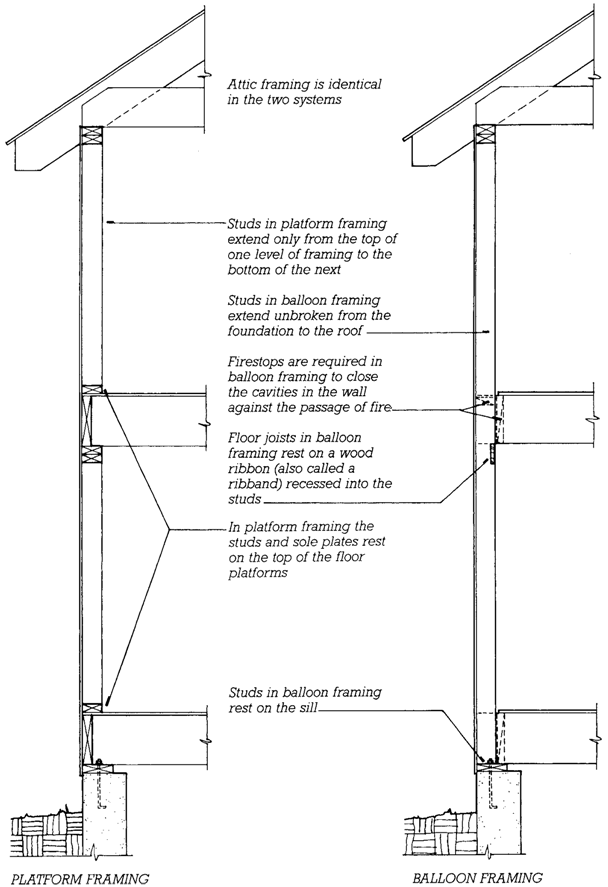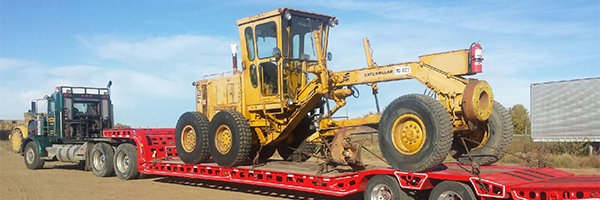Variations on Wood Light Frame Construction
Framing for Increased Thermal Efficiency The 2 _ 4 (38 _ 89 mm) has been the standard-size wall stud since light framing was invented. In recent years, however, pressures for heating fuel conservation have led to energy code requirements for more thermal insulation than can be inserted in the cavities of a wall framed with … Read more


